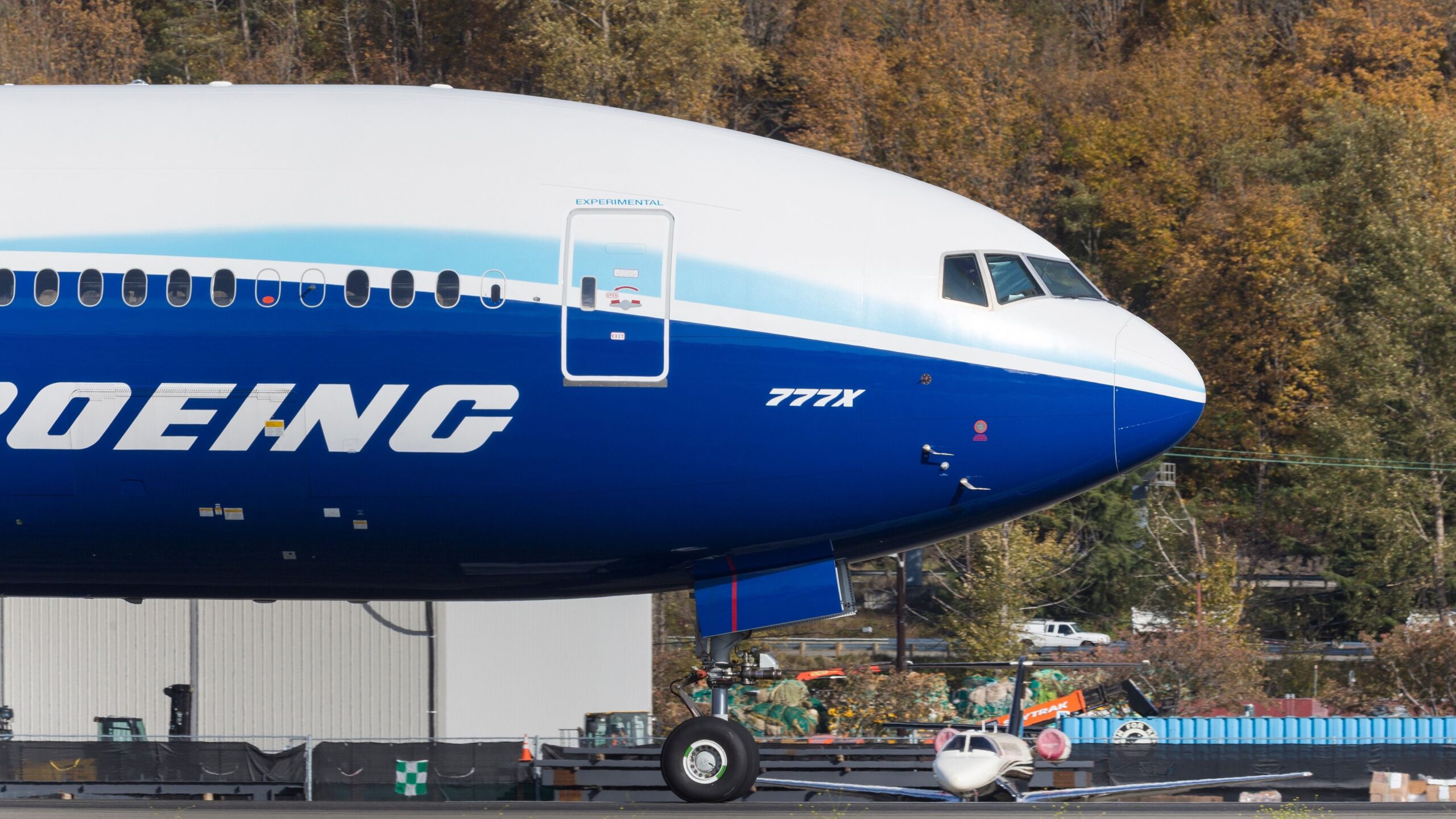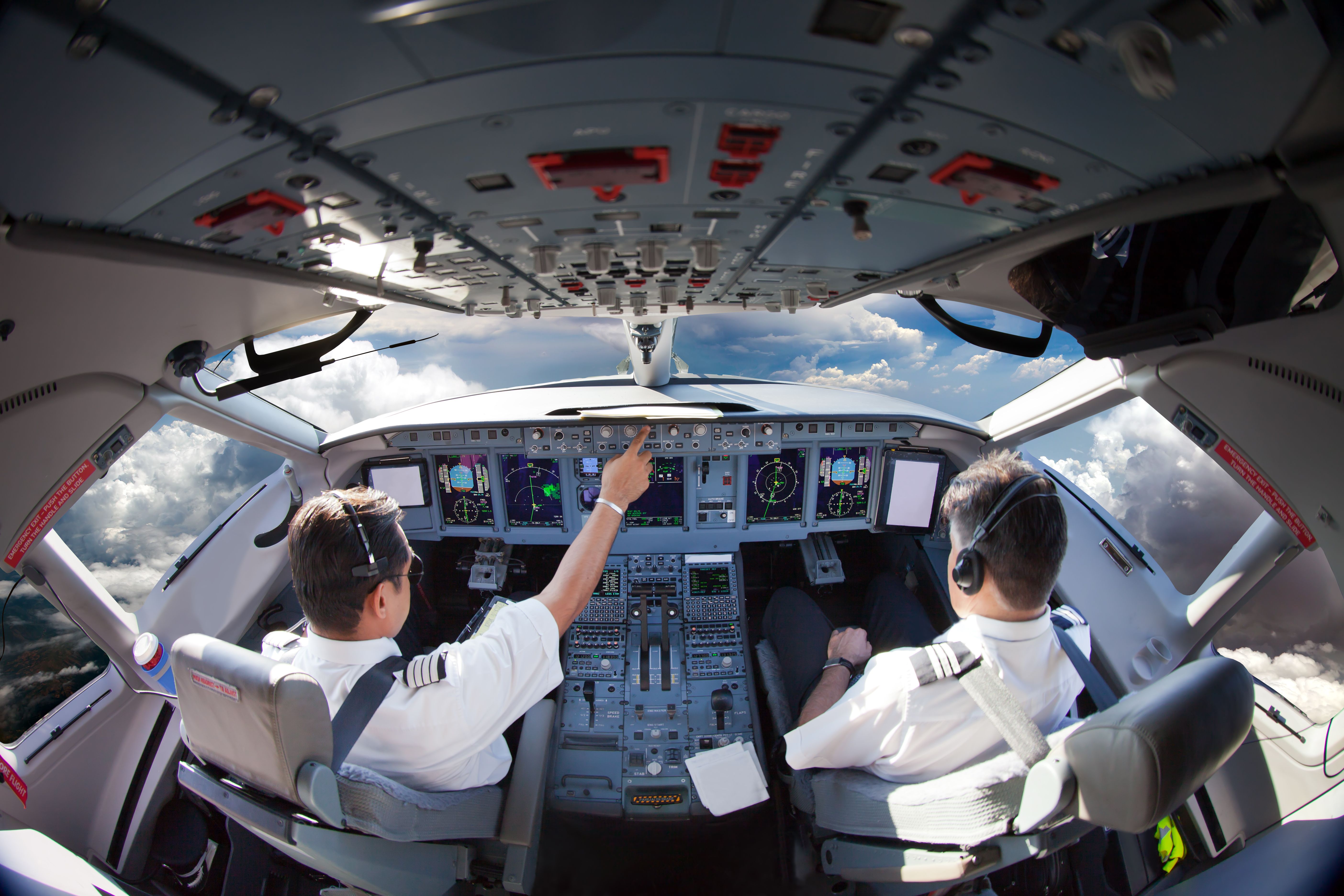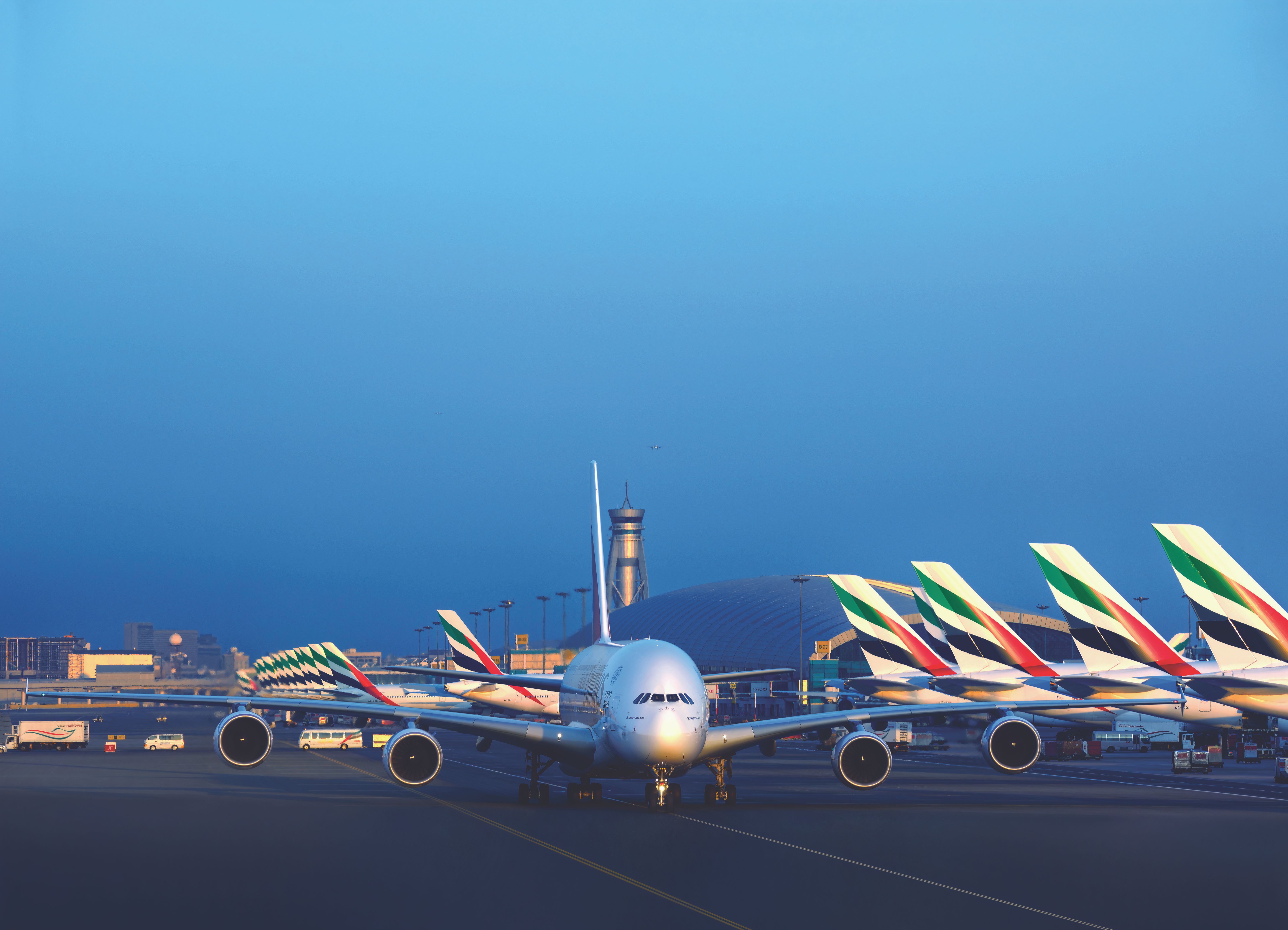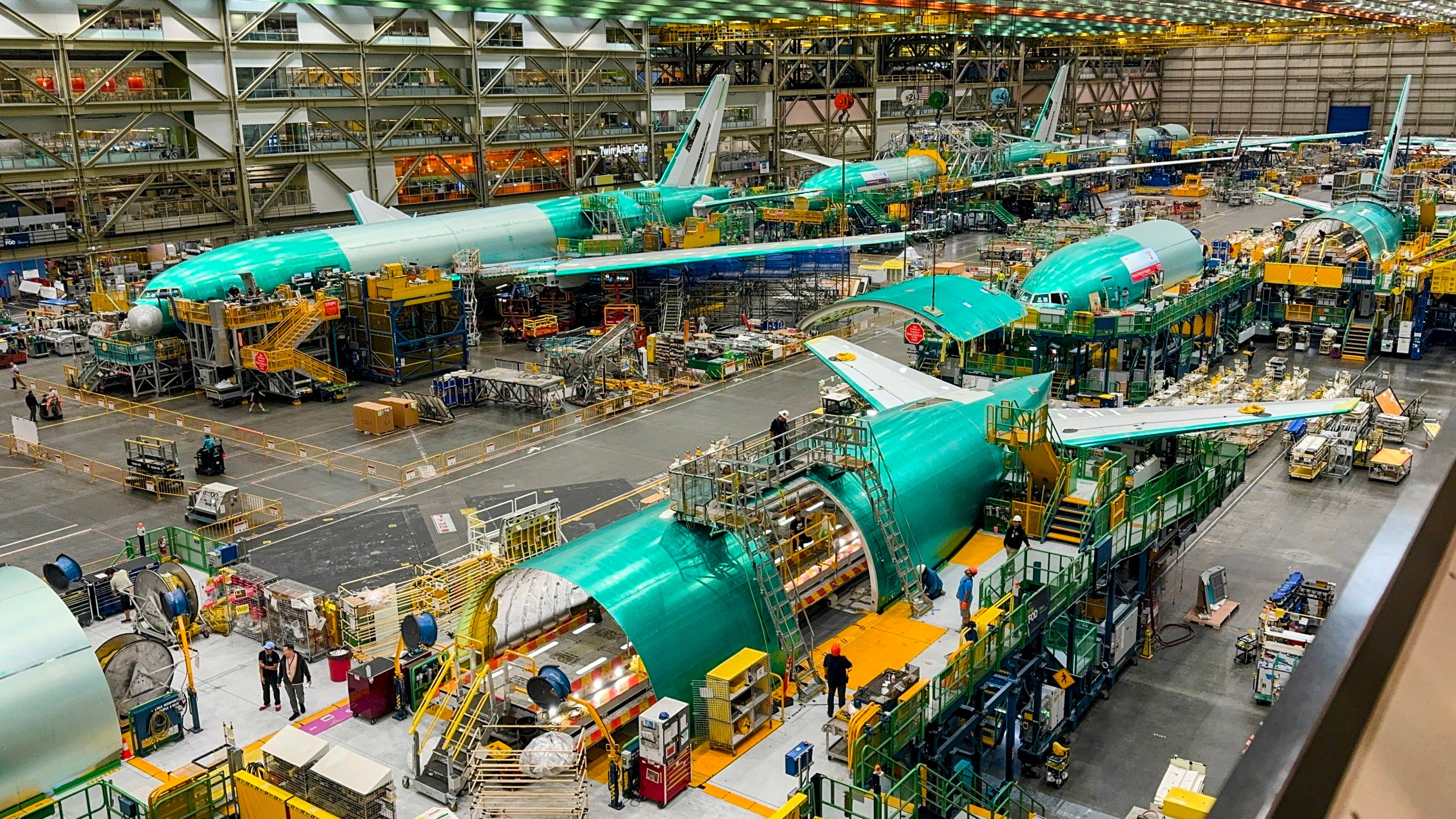Summary
- Boeing has issued its latest version of the Pilot and Technician Outlook (PTO), with the manufacturer saying there will be a significant demand for various aviation professionals over the next 20 years.
- Globally, airlines will require 674,000 new pilots, 716,000 new technicians, and 980,000 new flight attendants to sustain their growing fleets.
- Meanwhile, through 2043, the aircraft manufacturer estimated that airlines will need 44,000 new aircraft.
Boeing has predicted that over the next 20 years, there will be a significant demand for various aviation personnel, including pilots, maintenance technicians, and cabin crew members, as the global aircraft fleet continues to grow.
Demand for more than 670,000 pilots
In total, the aircraft manufacturer predicted that through 2043, the global aviation industry will need around 2.4 million new professionals to support the ever-growing commercial aircraft fleet and demand for air travel.
Photo: Skycolors | Shutterstock
Boeing’s latest Pilot and Technician Outlook (PTO) estimated that to operate the global aircraft fleet in 2043, airlines will need as much as 674,000 new pilots, 716,000 maintenance technicians, and 980,000 flight attendants.
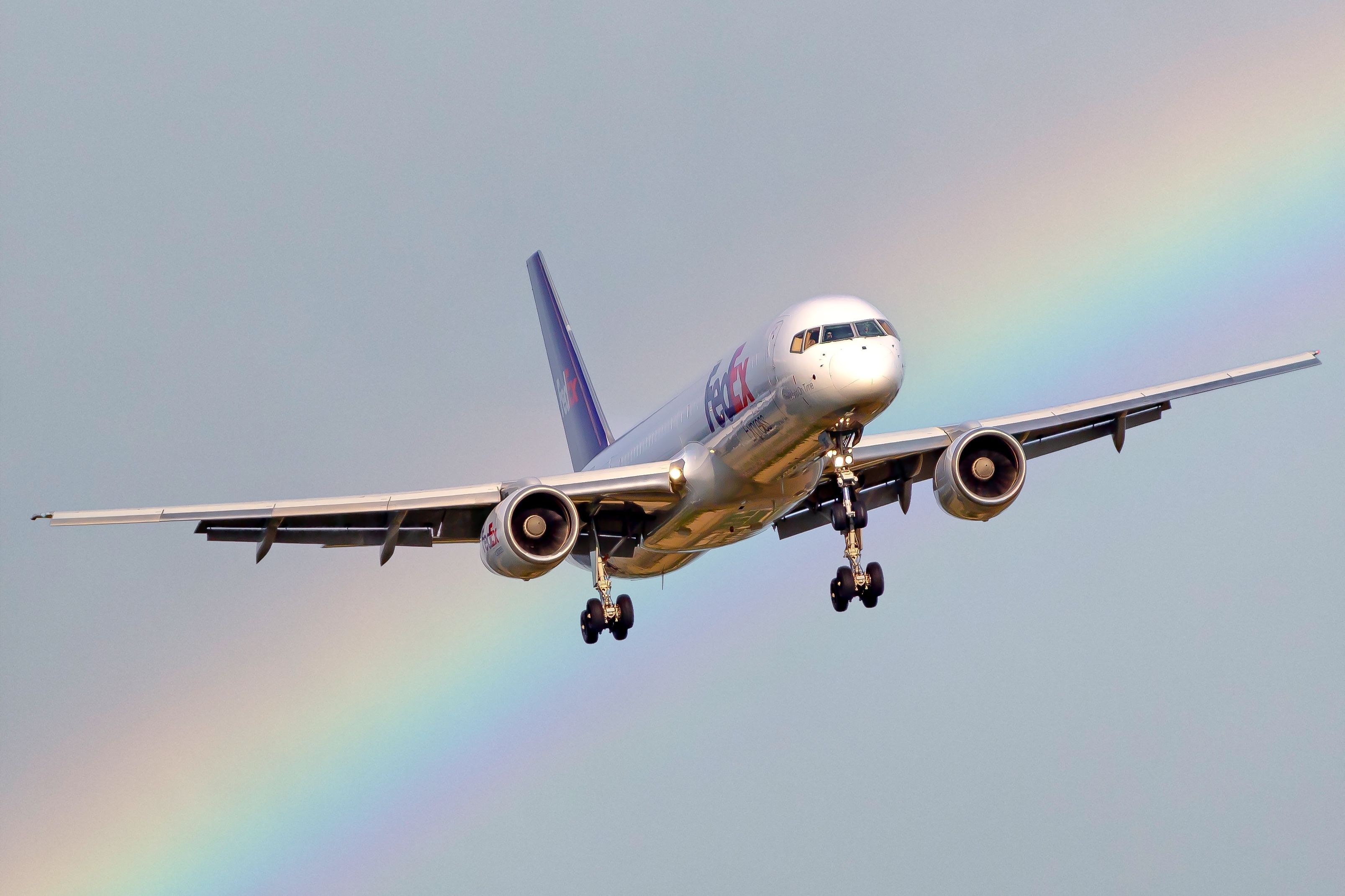
Related
US Passenger & Cargo Airlines Added Nearly 1,700 Jobs In May
Cargo carriers employed 253,821 workers alone, representing 32% of the industry-wide total.
High-quality aviation training
Chris Broom, the vice president of Commercial Training Solutions of Boeing Global Services (BGS), said that the demand for aviation professionals continued to be driven by passenger traffic trending above pre-pandemic levels, personnel attrition, and commercial fleet growth.
“Our offerings are rooted in competency-based training and assessment programs to help ensure high quality aviation training starting in flight schools and in commercial operations while helping enhance aviation safety through immersive and virtual training solutions.”
Detailing region-based trends, Boeing estimated that demand for new personnel will be primarily driven by single-aisle aircraft, except in Africa and the Middle East, where demand for widebody aircraft is much higher.
Photo: Emirates
Meanwhile, Eurasia, China, and North America drive the demand for more than half of new industry personnel, while South Asia, Southeast Asia, and Africa are the fastest-growing regions, with staffing demand expected to triple over the next 20 years.
Boeing added that two-thirds of personnel will address replacement due to attrition, while one-third will support growth in the commercial aircraft fleet.

Related
How Has Pilot Training Changed Over The Years?
Pilot training has evolved to incorporate both technology and teamwork.
Forecast by regions
Boeing’s PTO forecast through 2043 predicted the following new personnel demand by region:
|
Region |
New pilots |
New technicians |
New cabin crew |
|
Africa |
23,000 |
25,000 |
28,000 |
|
China |
130,000 |
137,000 |
163,000 |
|
Eurasia |
155,000 |
167,000 |
240,000 |
|
Latin America |
39,000 |
42,000 |
54,000 |
|
Middle East |
68,000 |
63,000 |
104,000 |
|
North America |
123,000 |
123,000 |
184,000 |
|
Northeast Asia |
25,000 |
30,000 |
43,000 |
|
Oceania |
11,000 |
12,000 |
18,000 |
|
South Asia |
40,000 |
40,000 |
49,000 |
|
Southeast Asia |
60,000 |
77,000 |
97,000 |
|
Global |
674,000 |
716,000 |
980,000 |
Meanwhile, on July 20, the company issued its latest Commercial Market Outlook (CMO), projecting a 3% increase in aircraft deliveries in the next 20 years. Boeing estimated that airlines will require nearly 44,000 new aircraft by 2043.
Photo: Jonathan Hendry | Simple Flying
According to the aircraft manufacturer, air travel demand has continued to outpace economic growth and four years after the pandemic had grounded most of the global aircraft fleet, air traffic growth has returned to the long-term trend that it forecasted 20 years ago.
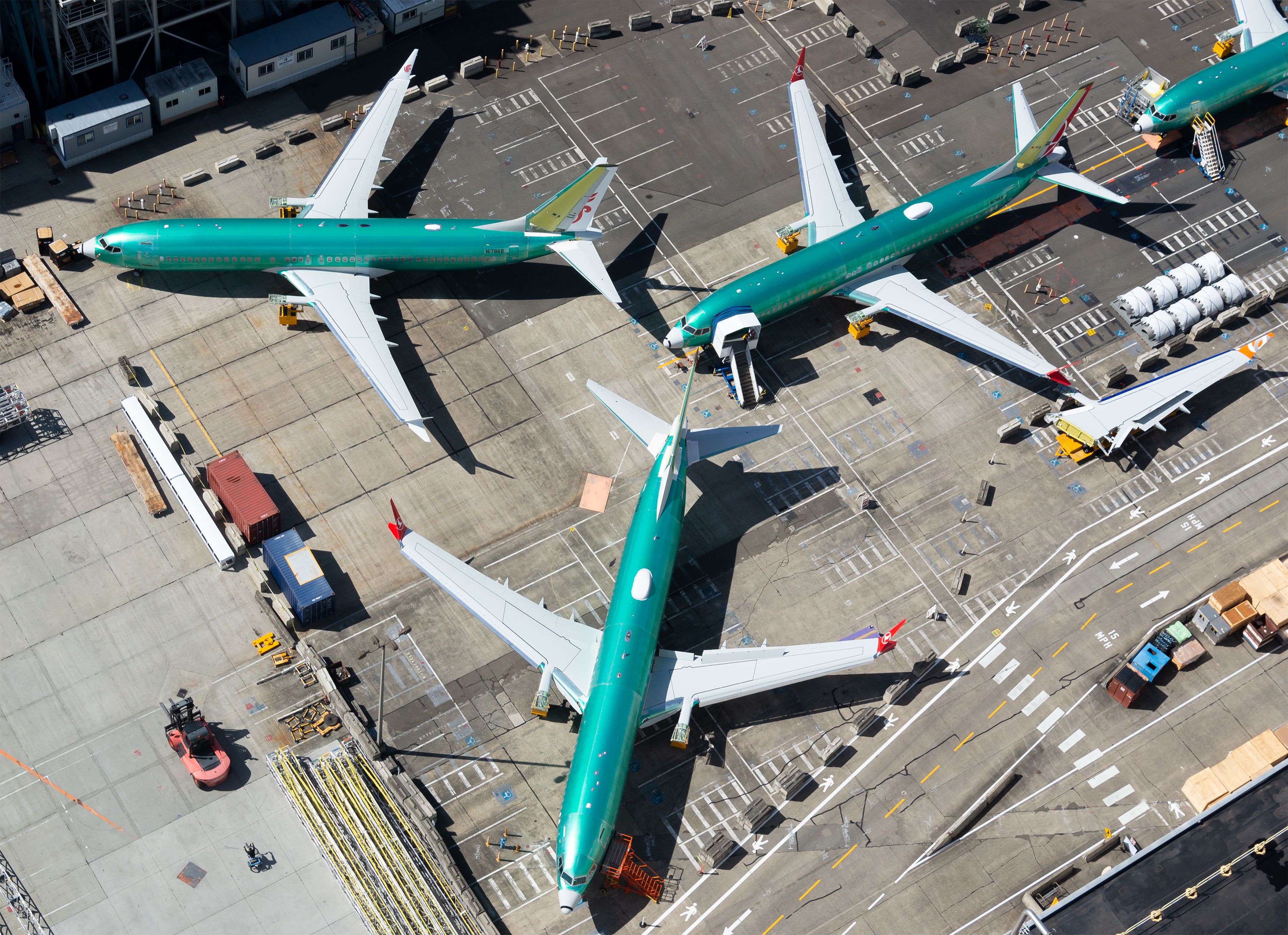
Related
Boeing Anticipates Demand For 44,000 New Aircraft Over The Next 2 Decades
The manufacturer released the market overview ahead of the Farnborough Airshow 2024.

